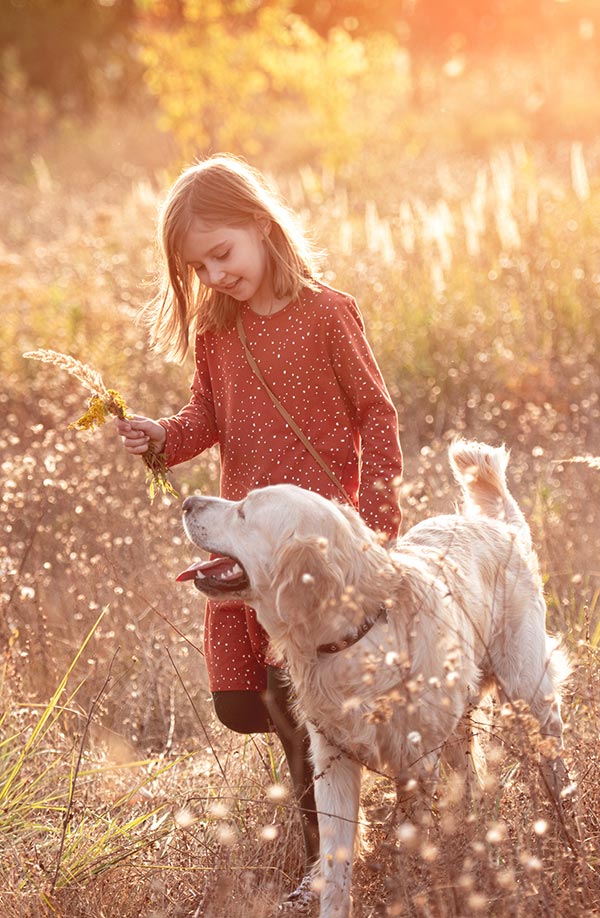Train Without Pain Resource Library
General Dog & Child Safety
Dogs and children can become great friends but it’s important to recognize that children behave and move very differently from adults, which can be disconcerting for some dogs, and that kids, especially younger kids, at still learning to practice empathy and to use fine motor skills that allow them to be gentle. For this reason, full, awake adult supervision is paramount for all interactions between dogs and children. When this is not possible, then management and different forms of separation (different rooms, crates, x-pens, etc) are great options. Here are some tips from HSSC and Family Paws Parent Education to help you foster safe and happy relationships between your children and your dogs:
- Invites decrease bites. Instead of allowing little ones to approach the dog (especially when the dog is resting or has something valuable), invite the dog to come say hi by calling his name or patting your leg. If the dog approaches with a loose, wiggly body and soft facial features – awesome! If not, your dog is saying, “No thank you,” so we can respect that choice and let him keep his distance.
- Pet/pet/pause. When Fido approaches for some petting, it’s a good idea to practice the “three second rule” – pet the dog for three seconds, and then back off and give her some space. If the dog moves in for more petting, then that’s a great indicator that she’s enjoying the interaction. If she moves away, then she may be communicating that she’d like some space.
- Teach trades. To prevent dogs from feeling protective of items like toys or food, avoid allowing children approach them when they have these things and never allow a child to remove something from a dog’s mouth. Instead, you can practice trades – ie trading one toy for another, or trading that slipper the pup stole for a tasty treat. Not a bad deal!
- Eyes, ears, tail, muzzle, gather the clues to solve the puzzle. It’s never too early to learn about body language! Teach your children to look at different body parts to gain an understanding of what that dog might be feeling. Are the ears pinned back, or in their normal perky position? Are their eyes hard, with a lot of the white showing, or pupil dilated? Or are they soft and relaxed? There is a lot more to think about than just a wagging tail!
- Give strangers’ dogs space. Never assume a dog you see is comfortable with children, even if it looks like the happiest dog in the world! Asking before petting is always the best rule of thumb, but keep in mind that not everyone knows their dogs as well as we may like, so unless you are super comfortable with reading dog body language, it can be a good idea to teach little ones to just wave from a distance or blow the pooch a smooch.
- Model appropriate behavior. Kids do as we do – that’s one of the primary ways they learn! When we use punishing, aversive training methods, raise our voices, or lash out at our dogs, they quickly learn that this is the acceptable way of interacting with a dog. Not only are these methods ineffective and unnecessary, but especially for a child they can be downright dangerous. Instead, show your children how to build a relationship with the family dog by rewarding the behaviors we want to see repeated, and using empathy and understanding in the face of behaviors we may find annoying or undesirable.
